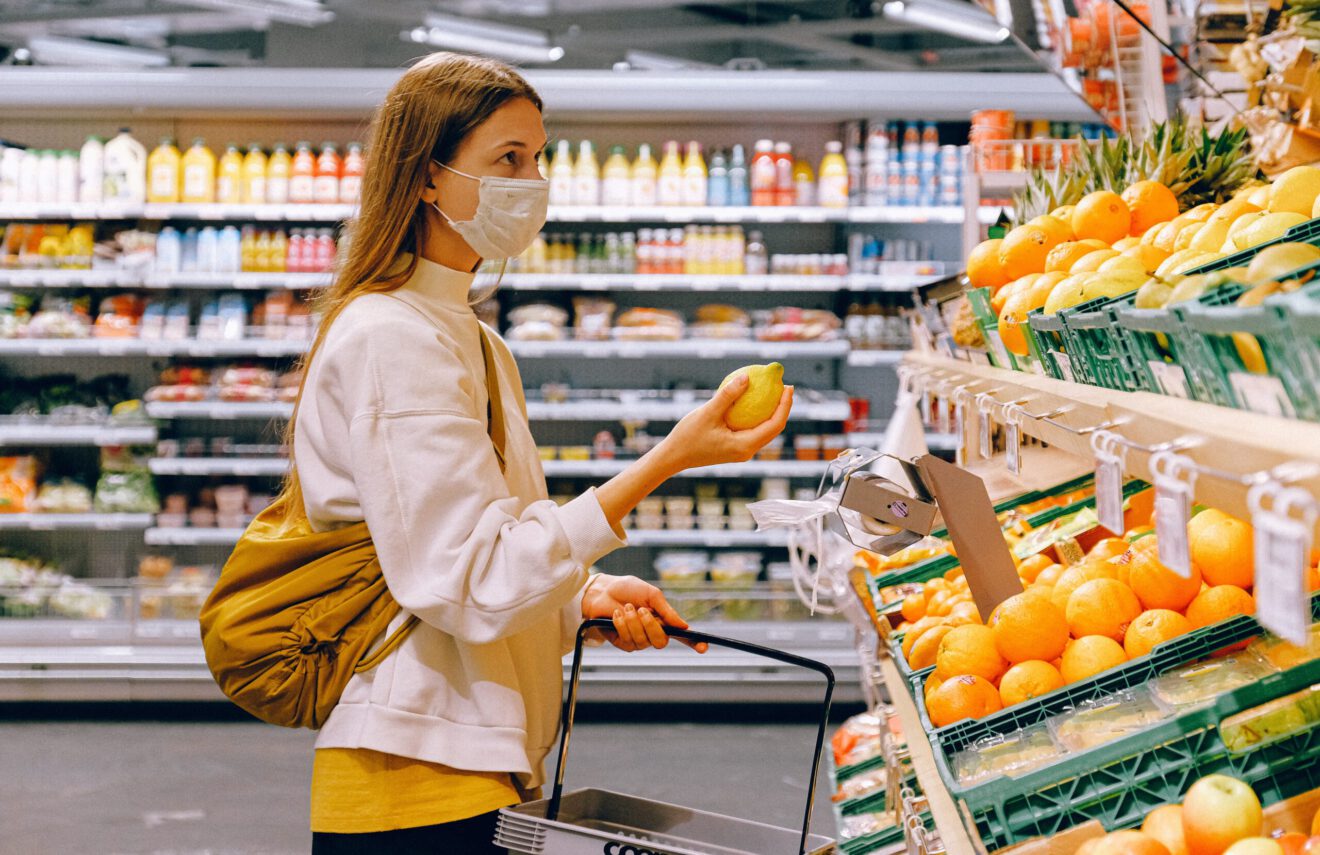What does convenience look like when a global pandemic throws normal schedules and routines into disarray?
While many of us are leading considerably less hectic on-the-go lifestyles than we were pre-pandemic, convenience is still very salient to American consumers. The need for convenient food and beverage solutions for meals and snacks has been a longstanding area of opportunity for manufacturers and retailers in the food and beverage industry.
The pandemic has not displaced this need. In fact, some might argue, our need for convenient foods and beverages has been heightened during the pandemic and, therefore, the opportunities increase. Our research shows that, since the pandemic, 66% of consumers are cooking at home, and 46% are looking for new recipes to try.
The Hartman Group’s COVID-19 and New Modern Convenience special report discusses how traditional notions of convenience, defined in terms of easy, quick and accessible, were about helping the consumer by taking away the thought, time, and physical energy needed to procure and prepare food. From this perspective, convenience spoke to ease, speed, and accessibility but often required compromise in quality or choice.
While easy, quick, and accessible are still important, the pandemic is causing elements of modern convenience to take on new meaning in line with shifting needs. Over time, the desire for quick and easy has increasingly been matched by an unwillingness to sacrifice in other areas.
The New Modern Convenience
Convenience continues to be a key grocery shopping need. But consumers’ ideas of what convenience means have matured:
- The desire for ease, speed and accessibility is increasingly matched by an unwillingness to sacrifice flexibility in choice, a positive experience, and personal needs.
- With more products and retailers catering to the demands of this new convenience — from prepared foods to meal kits to click & collect services and online delivery — consumers can factor these into their shopping habits.
Convenience has shifted toward ways of avoiding friction while maintaining a stronger connection to the food.
New convenience is about eating better, in alignment with one’s interests and aspirations, despite modern challenges, and deepening connections to food, not just making it easier to access. The new modern convenience is:
- Empowering (knowledge, increased skill, shortcuts)
- Engaging (creativity, discovery, customization)
- Flexible (functional, well-designed, occasion-specific)
While some of these shifts are specific to the pandemic, others will have lasting effects:
Empowering. The current desire for resilience straddles both health and wellness and financial stability. Even as immediate threats in these areas become less acute, consumers will still be looking for ways to maintain resilience so they can face any challenges that come their way in the future.
While the desire for a sense of control and accomplishment will likely fade as a sense of normalcy and security returns, consumers have gained new skills during the pandemic in areas like cooking and avoiding food waste. These skills will remain available to them going forward, and consumers will continue to employ them in their daily lives even as they begin reintegrating outsourced food preparation to a greater extent. This will lead to more opportunities for hybrid food prep, where certain aspects of a meal are outsourced but the consumer can customize them to their specific needs.
Engaging. During the pandemic, new ways of engaging with food and eating have become prevalent as means to replace the experiential eating occasions that consumers previously pursued outside their homes. This is reflective of the shifting definitions of value discussed in detail in The Hartman Group’s Value in the Time of COVID-19 white paper. As the foodservice industry rethinks the experiences it provides, it will need to integrate the priorities currently associated with engagement: stimulation, purpose and intention.
In particular, the focus on social issues and the food system is only getting sharper, and consumers are demanding genuine, systemic commitment by food companies and institutions.
Flexible. While consumers will still prioritize shopping and eating “smart” — in ways that provide them functional and affordable solutions suited to their personal needs — the specific shifts toward stocking up on shelf-stable and frozen items have already begun to slow and will abate further once the immediate threats have subsided.
However, after having experienced a global crisis firsthand, consumers are much more likely to ensure that they always have an emergency stash of long-lasting, versatile items on hand.
Related stories:
- 2021 will bring continuing focus on wellness, flexitarian diets, and ways to make dining out safe and memorable
- 2020 year in review: The return of the great American grocery store
- Grocers innovate to make life easier for home cooks
As CEO of The Hartman Group, Demerrit drives the vision, strategy, operations and results-oriented culture for the company’s associates as The Hartman Group furthers its offerings of tactical thinking, consumer and market intelligence, cultural competency and innovative intellectual capital to a global marketplace.
__________________________________
If you enjoyed this article, you can sign up for Consumer Brands SmartBrief, FMI dailyLead or Restaurant SmartBrief to get news like this in your inbox. For even more great news content, sign up for any of SmartBrief’s 275+ free email newsletters today, free.
